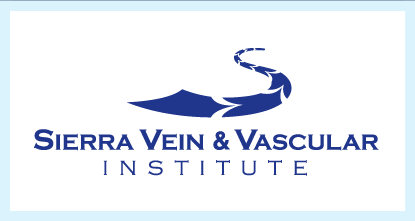Spider Veins (Telangiectasias) / Reticular Veins
What are Spider Veins?
These are a form of varicose vein disease and could be the first sign of venous insufficiency. Spider veins are dilated small blood vessels visible as blue or red streaks, webs, or clumps located within the skin. They are different than varicose veins which occur as lumps underneath the skin within the fatty layer. Spider veins can occur anywhere but are most frequent on the thigh and calf of the lower extremities. They are permanent once they appear and tend to increase in number over time. Spider veins drain into collecting veins at the base of the skin called reticular veins which are larger and usually of a greenish or bluish hue. Reticular veins may or may not be visible to the naked eye. Identification and treatment of the reticular veins is an important part of success in controlling spider veins.
Symptoms of Spider Veins?
Spider veins can cause pain in warm regions, however, they are mostly of cosmetic concern to individuals. They usually do not cause many symptoms, although in some cases they have been associated with itching, burning, heaviness, or fatigue in the legs. Some individuals worry that spider veins are the beginning of more advanced venous disease. Occasionally spider veins rupture and cause bleeding. Bleeding occurs at sites where skin is thin and delicate.
Causes of Spider Veins?
The exact cause of spider veins is unknown. They are common and are more prevalent in women; but also happen in men. They can appear locally after trauma or surgery. There is no association between crossing the legs, wearing constricting clothing or garters and occurrence of spider veins. Dietary supplements are of no help. Spider veins may be associated with larger diseased veins underneath. This possibility warrants the use of ultrasound to check for underlying venous disease because treatment should be directed first at the deeper veins.
Treatment for Spider Veins
Sclerotherapy is a minimally invasive treatment used to treat varicose and spider veins. Veins are injected with a sclerosing solution, which causes them to collapse and fade from view. The procedure may also remedy the bothersome symptoms associated with spider veins, including aching, burning, swelling and night cramps. It is performed on an outpatient basis over approximately 30 minutes. Multiple treatments may be needed to reach desired results. Most patients resume normal activities immediately.


